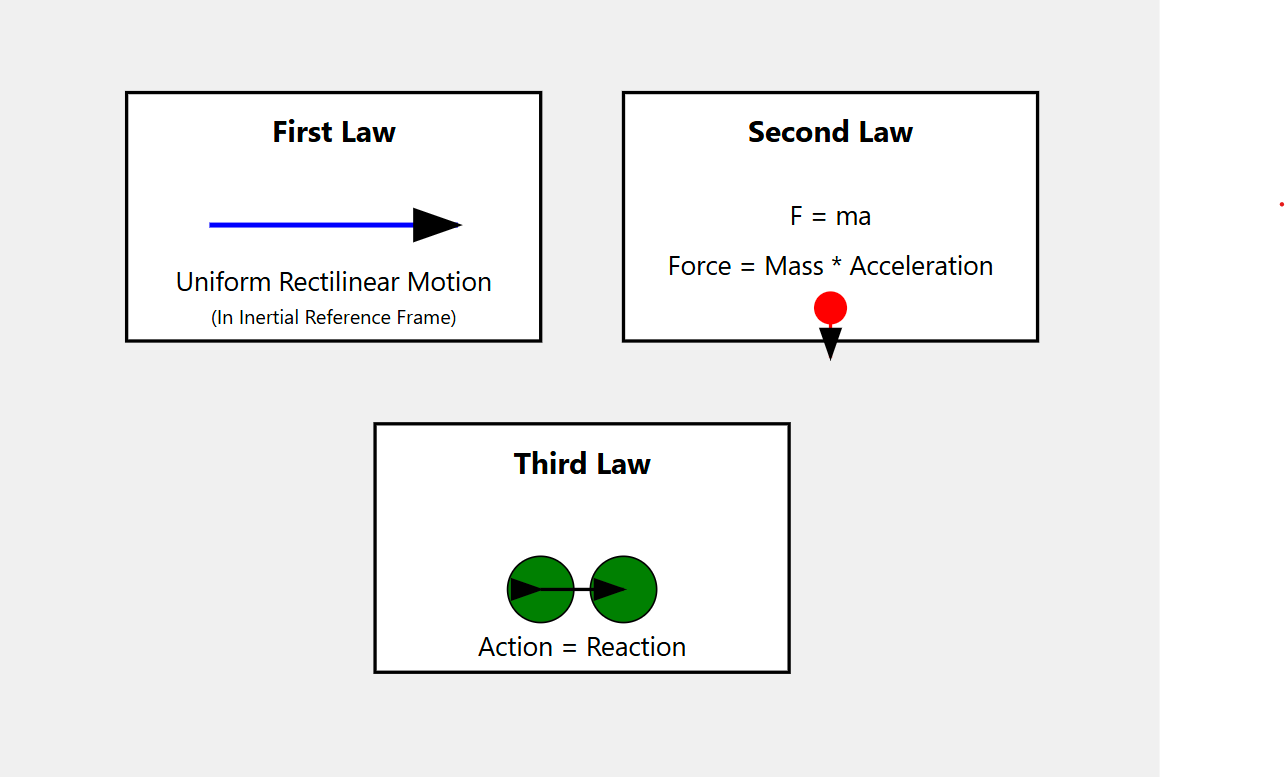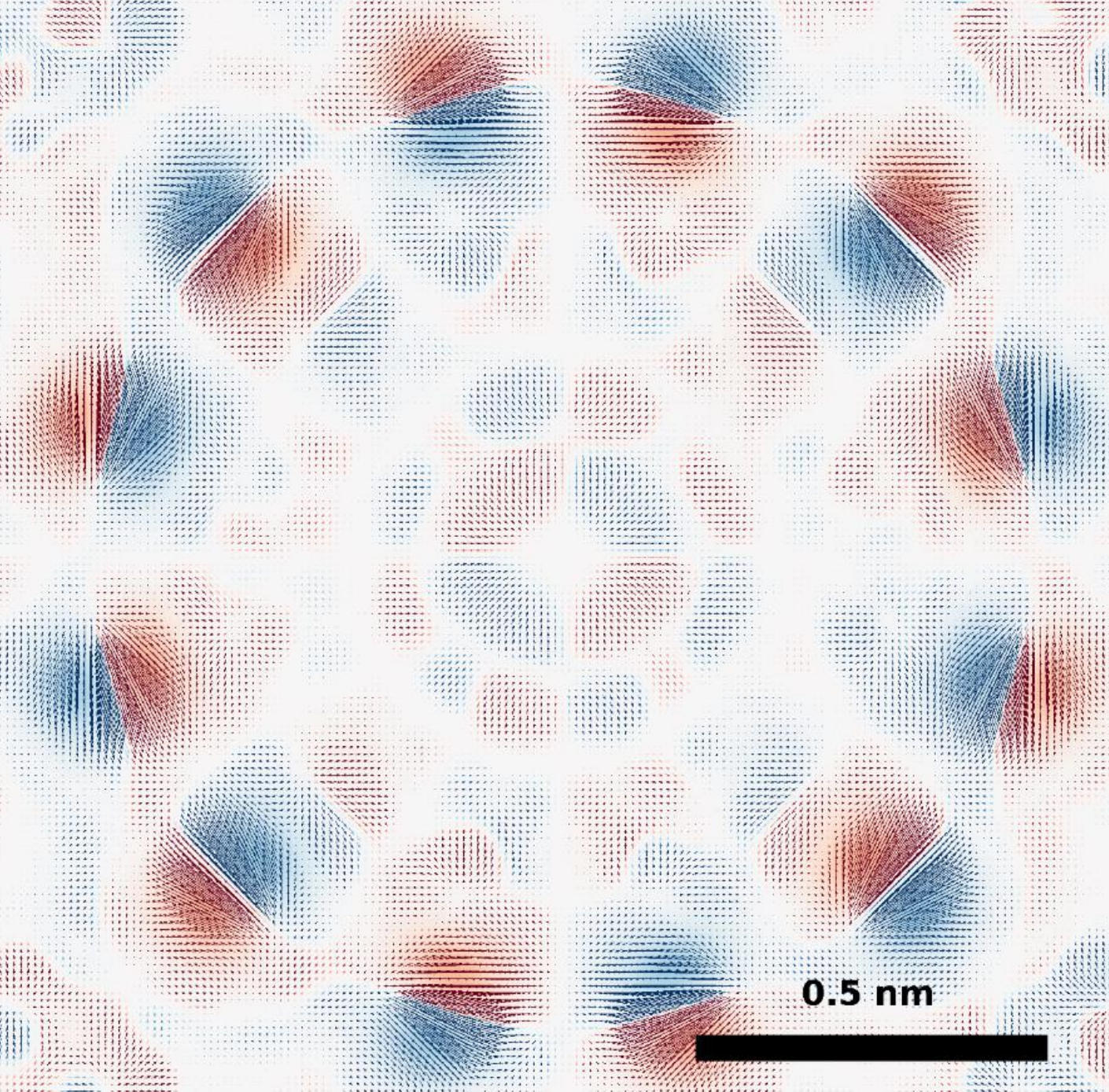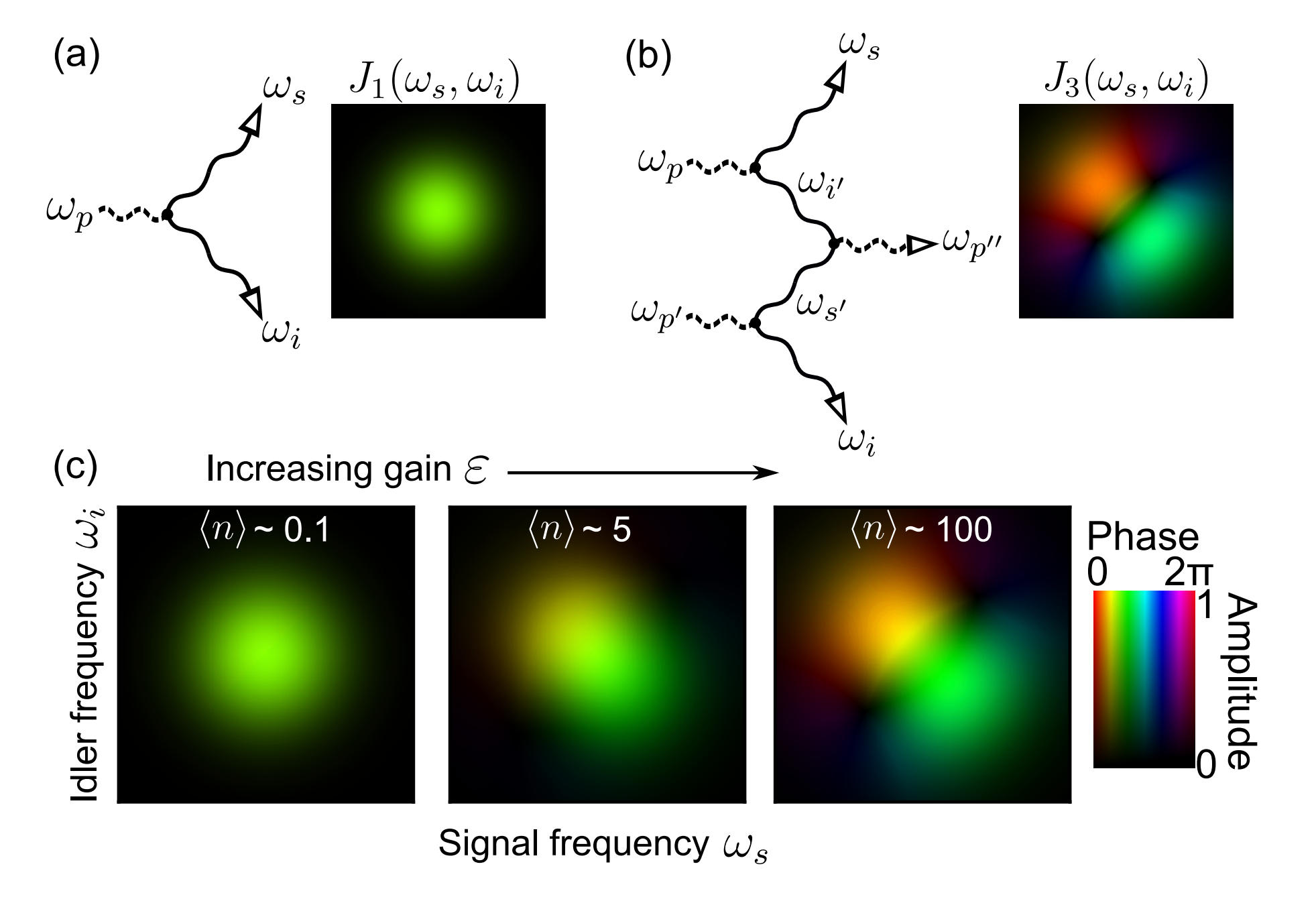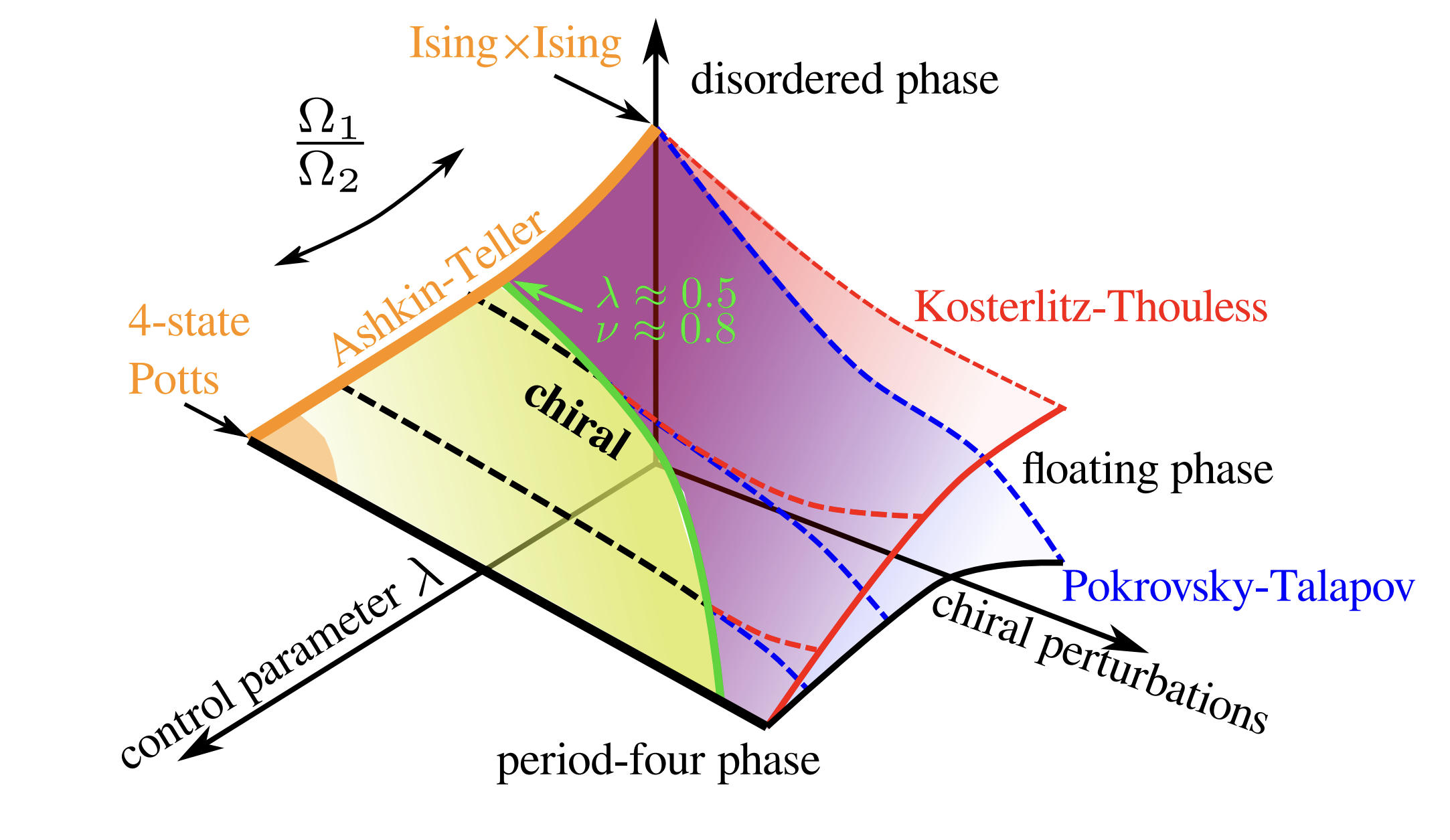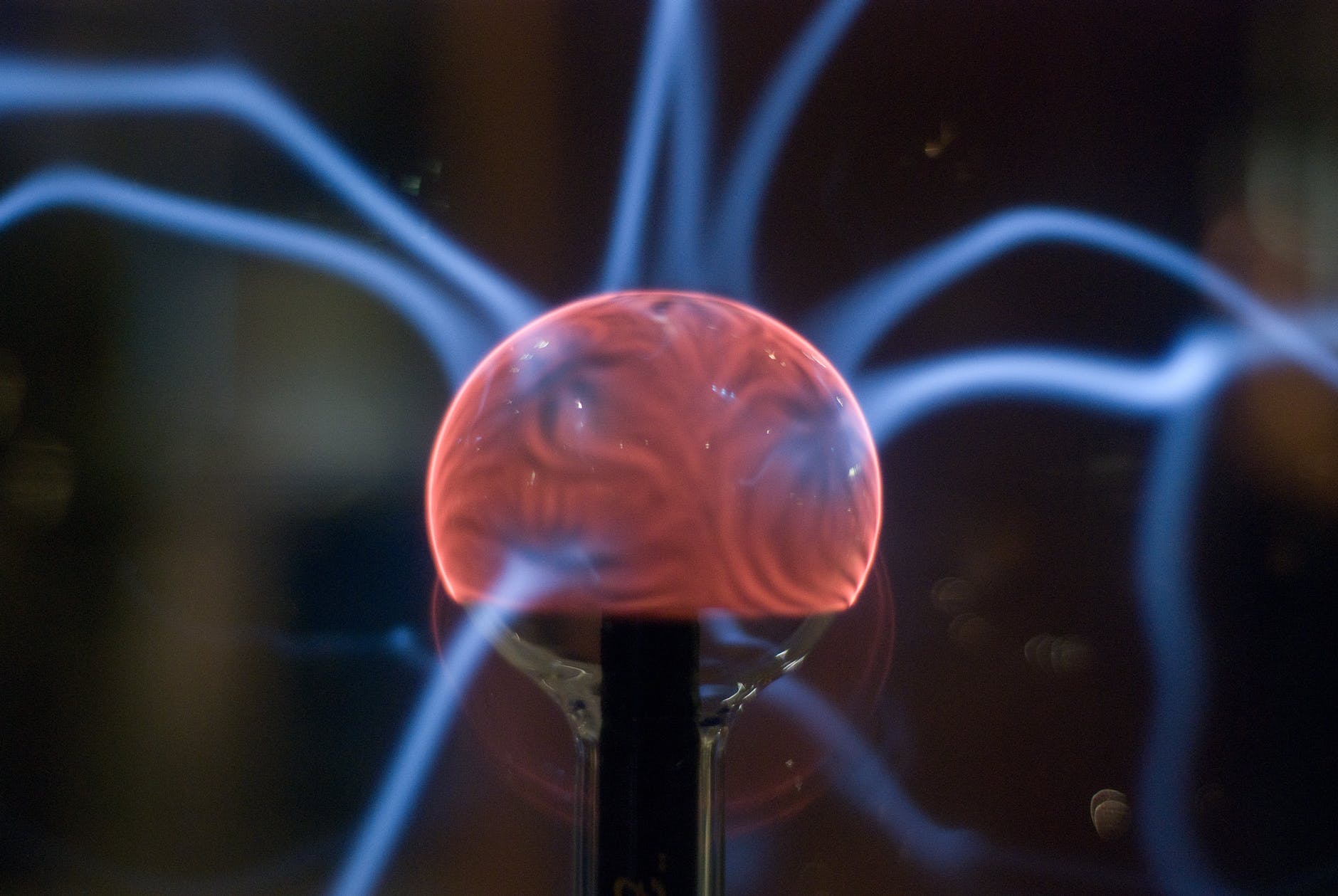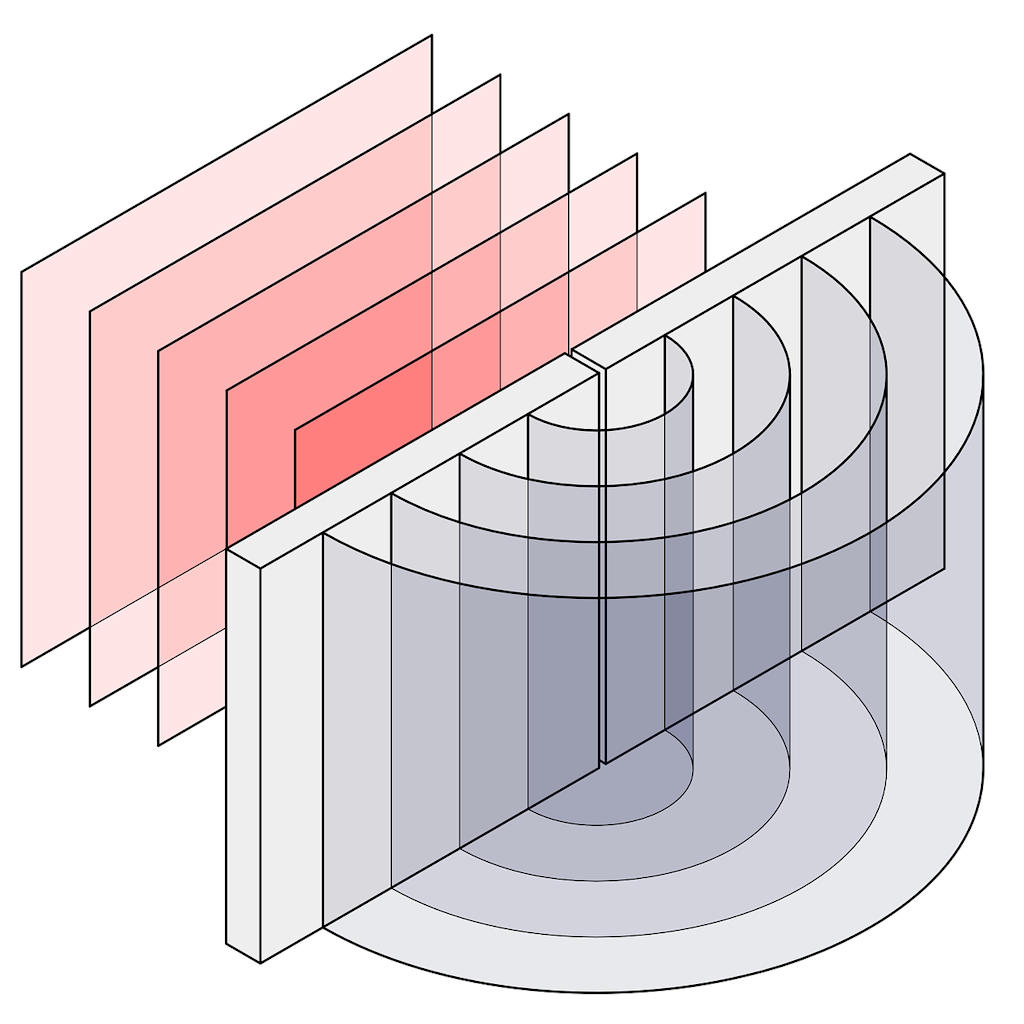Newton’s laws of dynamics form the foundation of classical physics and are an integral part of school education. Unfortunately, they are often presented in a simplified, and even erroneous manner, which can lead to misunderstandings and difficulties in deeply comprehending these fundamental principles. In this article, we will discuss the classic laws of dynamics, highlighting the frequent errors and simplifications encountered in schools and everyday reasoning.
First Law – Galileo’s Principle of Relativity
Newton’s first law, often incorrectly formulated as “if no force acts on a body, it moves with uniform and rectilinear motion,” should actually be attributed to Galileo. This formulation is not only false but also meaningless. It does not define what a force is and, moreover, represents a trivial application of Newton’s second law.
The correct formulation of the first law reads:
“There exist reference systems relative to which bodies very distant from other bodies move with uniform and rectilinear motion.”
This means that there are special reference systems, called inertial systems, in which bodies not subject to interactions move with uniform rectilinear motion.
It is crucial to emphasize that uniform rectilinear motion does not imply the absence of interactions. A body can move in this way even when the forces acting on it are balanced.
The first law implies the fundamental principle of momentum conservation. In an isolated system, on which no external forces act, the total momentum of the system remains constant.
Second Law – Definition of Force
Newton’s second law defines force as the rate of momentum change over time. For small velocities, this formula simplifies to the school-known version: force equals mass times acceleration.
The second law contains nothing more than the definition of force. The fact that force defined this way has a simple dependence on the distance between bodies (e.g., Newton’s universal gravitation law, Coulomb’s law) is an extraordinary coincidence.
Thanks to this, we can link dynamics (change in velocity over time) with distance between bodies and solve equations describing body motion.
Third Law – Action and Reaction
Newton’s third law, known as the “action equals reaction” principle, is actually a trivial application of the momentum conservation principle. The momentum loss of one body in an isolated system must be balanced by the momentum gain of another body.
The momentum conservation principle is more fundamental and general than Newton’s third law. In interactions occurring over large distances, the concept of action and reaction loses its meaning.
Summary
Newton’s laws of dynamics, although they form the foundation of classical physics, are often misinterpreted. Understanding them precisely and thoroughly is key to correctly comprehending physical phenomena.
It is worth noting that modern physics, based on Einstein’s theory of relativity, has moved away from the concepts of force and momentum that were crucial for Newton. This shows how our understanding of the world evolves and how important it is to take a critical look at seemingly obvious scientific truths.

